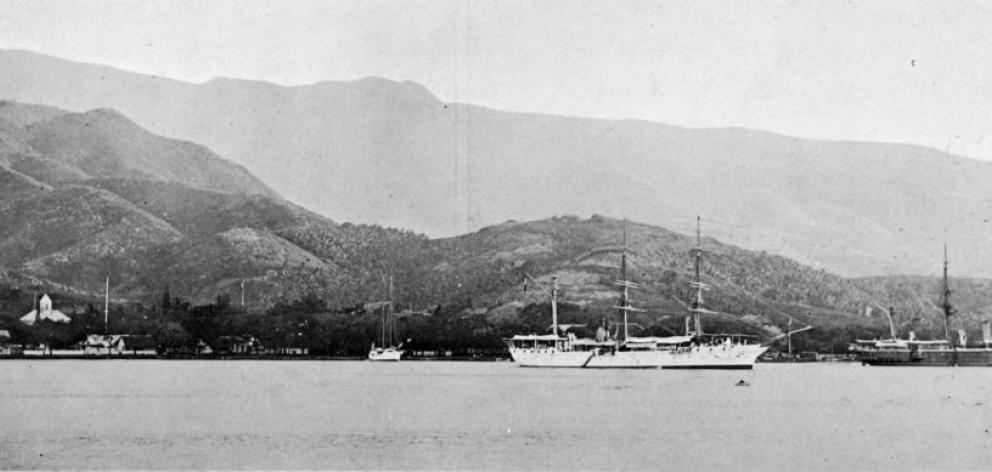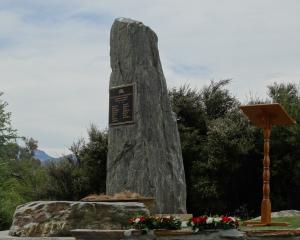
Wellington (October 15): The first detailed accounts of the bombardment of Papeete by the German cruisers Scharnhorst and Gneisenau were brought to New Zealand by the San Francisco mail steamer Maitai, which arrived in the harbour late last night and berthed this morning.
The Maitai arrived at Papeete 10 or 11 days after the bombardment.
The description of the stirring experience which the picturesque little town had passed through, as given to the officers and passengers on the Maitai, show that the residents of the island settlement have had a very unpleasant serious experience of the terrible effects of active participation in a state of war.
Fortunately the loss of life was not heavy, two men - a Chinaman and a native - comprising the total death roll.
Beyond these deaths no casualties are reported.
The bombardment of Papeete took place on the morning of September 22. At about 6 a.m., a considerable interest was aroused by the appearance of two large warships, which subsequently turned out to be the German cruisers Scharnhorst and Gneisenau.
Owing to the misty state of the morning preventing a clear view being obtained; and as a visit from a British, French, or Japanese warship had been anticipated for some days, no alarm was felt.
The bulk of the population soon gathered on the waterfront in an effort to obtain a closer view of the visitors.
As the ships drew nearer to the harbour, and as the atmosphere cleared, it was discovered that the cruisers were not flying any flags.
A number of blank shots were then fired from the small French fort on the hill at the back of the town as a signal to the cruisers to show their flags.
There was no response, and the cruisers steamed away to the east out of sight of the town, only to reappear, however, at about 7 o'clock.
The Scharnhorst and Gneisenau signalled requests to the town to be supplied with coal and stores and water.
The request was promptly refused, and the enemy then fired 10 blank shots as an indication that they would open fire if their demands for supplies were not complied with.
No attempt was made to send in a landing party, because the German commanders, it is presumed, were afraid of the entrance to the harbour being mined.
The threat was not heeded, and the result was the shell fire which wrought so much havoc.
At the end of last week 11 of the single miners were paid off at the Kaitangata mines owing to the slack times, and will have to seek fresh fields of employment (says the correspondent of the Free Press).
Most of the victims of the retrenchment have been born and reared in Kaitangata, and the ''sack'' for them is rather hard, more particularly as recent arrivals are still engaged at trucking, driving, and shift work, which could be very well done by the native-born.
The old saying ''Charity begins at home,'' has no application in Kaitangata.
As it is proposed to work the mine on one shift - day shift - a readjustment of working places was necessary, and a ballot among those affected resulted in about 14 miners being left without places at present.
It is expected, however, that they will be cavilled into other places shortly. - ODT, 16.10.1914.

